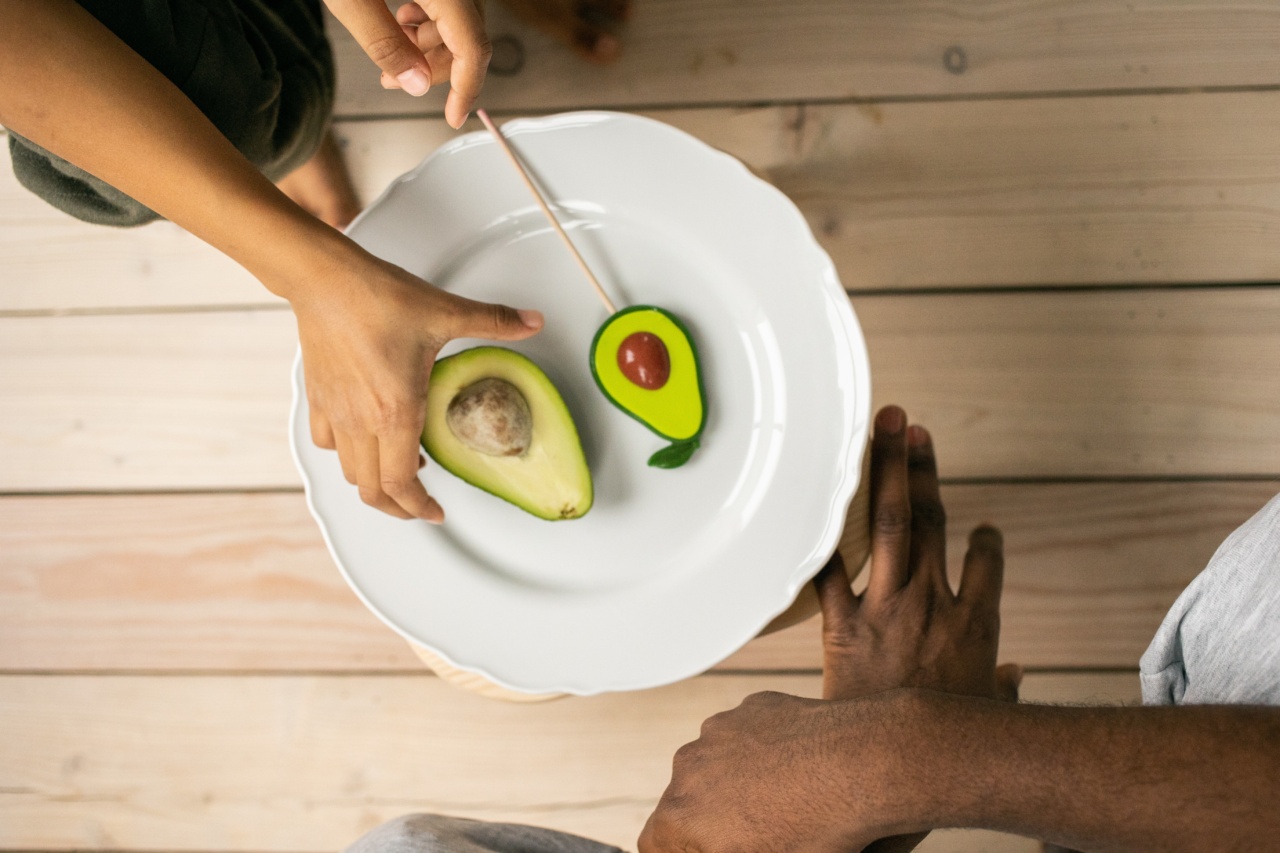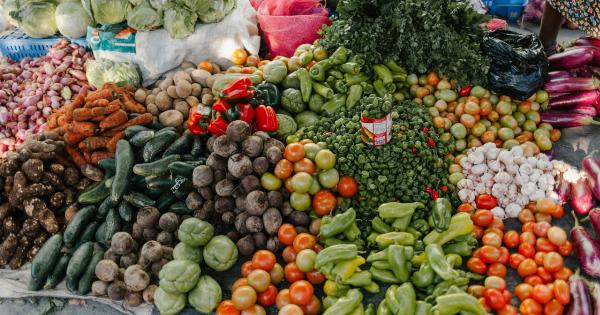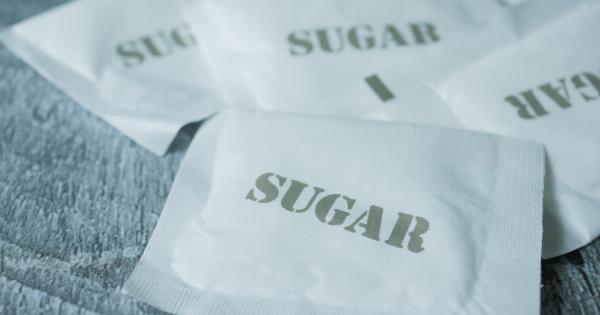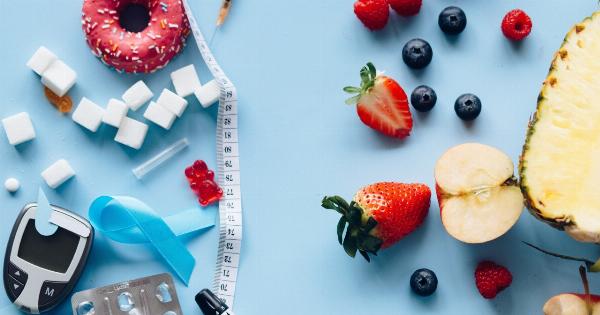Sugar is one of the most widely used ingredients in the world, as it is used to sweeten a variety of foods and drinks. However, there has been an increased interest in natural sweeteners, such as stevia.
Stevia is a plant-based sweetener that is known for its low calorie and low glycemic index, making it a popular choice for those who want a healthier alternative to sugar.
What is Stevia?
Stevia is a plant that is native to South America and has been used for centuries as a natural sweetener. The plant contains compounds called steviol glycosides, which are up to 400 times sweeter than sugar but contain no calories.
In the past, stevia was only available in liquid or powder form, but it can now be found in a variety of forms, including tablets, packets, and liquid drops.
How is Stevia Processed?
Stevia goes through a minimal processing system to extract the sweet steviol glycosides from the leaves of the plant. The leaves are soaked in water to extract the glycosides, which are then purified, filtered, and dried to create the final product.
What are the Benefits of Stevia?
One of the main benefits of stevia is that it contains no calories or carbohydrates, making it a popular choice for those who are watching their calorie intake.
It also has a low glycemic index, which means that it doesn’t cause spikes in blood sugar levels like sugar does. This makes it a safer choice for people with diabetes or those at risk of developing type 2 diabetes.
In addition, studies have shown that stevia may have health benefits that go beyond its sweetening properties. For example, it has been found to have antioxidant and anti-inflammatory properties and may help lower blood pressure and cholesterol levels.
How Does Stevia Compare to Sugar?
Stevia is significantly sweeter than sugar, so you need much less of it to achieve the same level of sweetness.
This means that stevia has a much lower calorie count than sugar, making it an ideal substitute for those who want to reduce their calorie intake. One teaspoon of sugar contains around 16 calories, while a teaspoon of stevia contains almost no calories.
In addition, stevia does not cause the same spikes in blood sugar levels that sugar does. This means that it is a better choice for people with diabetes or those at risk of developing the disease.
How Does Stevia Taste Compared to Sugar?
Stevia has a slightly different taste than sugar, which can take some getting used to. Some people describe it as having a licorice-like aftertaste, while others find it to be more bitter than sugar.
However, there are many different types of stevia available, and some brands have been specially formulated to taste more like sugar.
How Can Stevia Be Used?
Stevia can be used in a variety of ways, just like sugar. It can be added to hot and cold drinks, used in baking, and sprinkled on top of foods like cereal or fruit.
However, it is important to note that stevia is more concentrated than sugar, so you will need to use less of it. A general rule of thumb is that one teaspoon of sugar can be replaced with around 1/2 teaspoon of stevia.
Are There Any Side Effects of Stevia?
Stevia is generally considered safe for consumption and has been approved by many countries as a food additive. However, some people may experience side effects such as bloating, nausea, or dizziness.
These side effects are generally mild and not serious, but if you experience any of them, it is best to stop using stevia and consult with a healthcare professional. Additionally, some people may be allergic to stevia, so it is important to be aware of any potential allergies before using it.
Conclusion
Stevia is a natural sweetener that has many benefits over sugar, including its low calorie count and low glycemic index. It is a safer choice for people with diabetes or those at risk of developing type 2 diabetes.
Although it may take some getting used to, stevia can be used in a variety of ways and can be a great alternative to sugar for those who are looking for a healthier option.





























